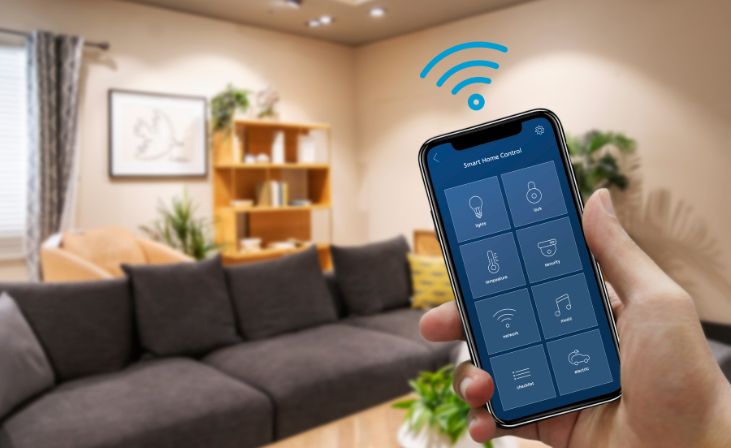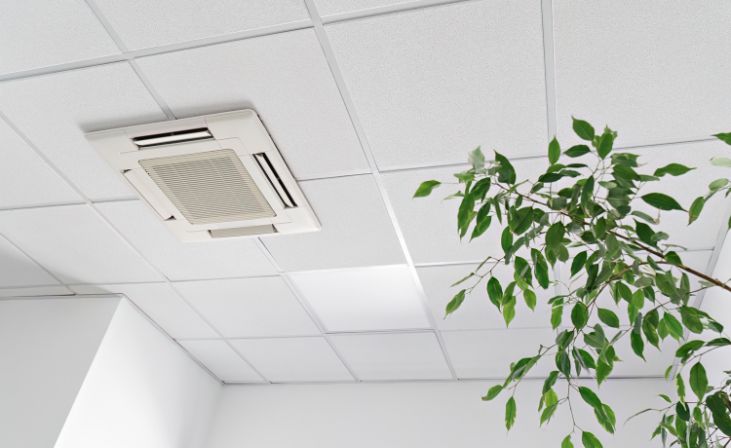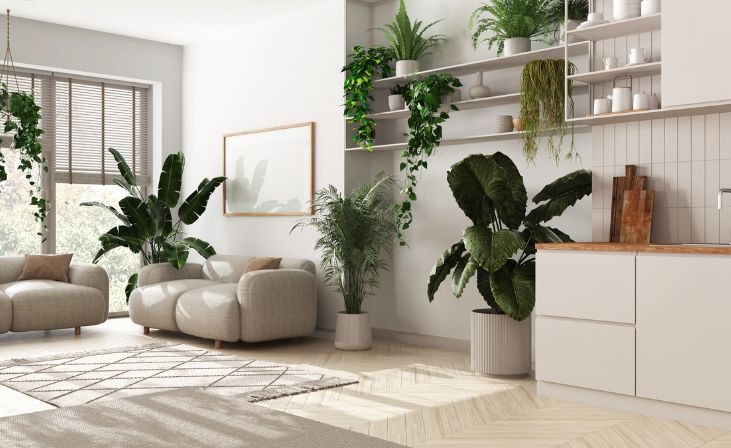In today’s dynamic lifestyle, where homes double as offices, retreats, and gathering spots, maximizing functionality and comfort is paramount. Embracing innovative renovation techniques can revolutionize your living space, ensuring it meets the demands of modern living. Integrating smart technology offers seamless control over lighting, climate, and security, enhancing convenience and efficiency. Reimagining spatial layouts can optimize flow and usability, creating multifunctional zones tailored to your needs.
Whether it’s converting unused areas into home offices or incorporating flexible furniture for versatile living, strategic design choices can maximize every square inch. Additionally, prioritizing sustainable materials and energy-efficient systems not only reduces environmental impact but also enhances long-term cost savings and comfort. By embracing these transformative strategies, homeowners can elevate their living experience, creating spaces that inspire productivity, relaxation, and connection.
Optimizing Functionality and Comfort
1. Embrace Smart Technology

The rise of smart technology has revolutionized the way we interact with our homes. Integrating smart devices and systems into your renovation plan can significantly enhance both functionality and comfort. Consider installing smart thermostats that learn your temperature preferences and adjust accordingly, or smart lighting systems that can be controlled remotely via smartphone apps. These technologies not only add convenience but can also lead to energy savings and a more comfortable living environment.
Furthermore, home automation systems can streamline everyday tasks, such as managing security cameras, controlling window blinds, and even brewing your morning coffee. By embracing smart technology, you can transform your home into a truly modern and efficient living space.
Read Also: Revolutionizing Your Living Space: Cutting-Edge Home Improvement Ideas
2. Focus on Energy Efficiency
Incorporating energy-efficient features into your renovation not only reduces your carbon footprint but also enhances comfort and functionality. Upgrading to energy-efficient appliances, such as refrigerators, washing machines, and HVAC systems, can lead to significant cost savings on utility bills while improving overall performance.
Additionally, investing in proper insulation, windows, and doors can help regulate indoor temperature and reduce noise, creating a more comfortable and serene living environment. By prioritizing energy efficiency in your renovation efforts, you can create a home that is not only environmentally friendly but also more pleasant to live in year-round.
3. Maximize Space Utilization
Space is a precious commodity in any home, and maximizing its utilization is key to optimizing functionality and comfort. Consider reimagining the layout of your space to better suit your lifestyle and needs. Open floor plans can create a sense of spaciousness and flow, while built-in storage solutions can help minimize clutter and maximize storage capacity.
Furthermore, multi-functional furniture pieces, such as sofa beds and expandable dining tables, can serve dual purposes without sacrificing style or comfort. By thoughtfully designing your space to maximize functionality and versatility, you can create a home that adapts to your evolving needs and enhances your overall quality of life.
4. Enhance Indoor Air Quality

Keeping a comfortable and healthy home environment is mostly dependent on the quality of the indoor air. Inadequate indoor air quality can cause allergies, respiratory disorders, and exhaustion, among other health problems. As part of your renovation efforts, consider integrating features that promote better air circulation and filtration.
Investing in high-quality air purifiers, installing exhaust fans in kitchens and bathrooms, and incorporating natural ventilation strategies can all help improve indoor air quality. Additionally, choosing low-VOC (volatile organic compound) paints and materials can reduce indoor air pollution and create a safer and healthier home for you and your family.
5. Create Outdoor Living Spaces
Expanding your living space outdoors can greatly enhance functionality and comfort, especially in regions with favorable climates. Whether it’s a cozy patio, a lush garden, or a spacious deck, outdoor living spaces offer a retreat from the confines of indoor living and provide opportunities for relaxation and entertainment.
Consider incorporating features such as outdoor kitchens, fire pits, and comfortable seating areas to create an inviting and functional outdoor oasis. By blurring the boundaries between indoor and outdoor living, you can maximize the use of your property and enjoy the benefits of nature right at your doorstep.
6. Prioritize Comfort and Ergonomics
When renovating your home, it’s essential to prioritize comfort and ergonomics in every aspect of design. From choosing ergonomic furniture and fixtures to ensuring proper lighting and acoustics, every detail should contribute to a comfortable and enjoyable living experience.
Invest in high-quality mattresses and ergonomic seating options to promote good posture and alleviate discomfort. Consider installing dimmable lighting systems and soundproofing materials to create ambiance and reduce distractions. By prioritizing comfort and ergonomics, you can create a home that not only looks beautiful but also feels inviting and supportive.
7. Incorporate Sustainable Design Principles

Sustainability is increasingly becoming a guiding principle in home renovation projects, and for good reason. By incorporating sustainable design principles, such as using recycled materials, optimizing natural light, and harnessing renewable energy sources, you can reduce your environmental impact and create a more resilient and future-proof home.
Choose eco-friendly building materials, such as bamboo flooring, reclaimed wood, and recycled glass countertops, to minimize waste and promote sustainability. Additionally, consider installing solar panels or investing in energy-efficient appliances to further reduce your carbon footprint and lower utility costs over time.
Bottom Line
In conclusion, optimizing functionality and comfort in your home requires a thoughtful and innovative approach. By embracing smart technology, focusing on energy efficiency, maximizing space utilization, enhancing indoor air quality, creating outdoor living spaces, prioritizing comfort and ergonomics, and incorporating sustainable design principles, you can transform your home into a sanctuary that enriches your daily life. Whether you’re embarking on a major renovation or making minor upgrades, these strategies can help you create a living space that is not only beautiful and stylish but also functional, comfortable, and sustainable for years to come.
FAQs
How can I integrate smart technology into my home renovation project to enhance functionality?
You can integrate smart technology by installing smart thermostats, lighting systems, and security cameras that can be controlled remotely via smartphone apps or voice commands.
What are some creative ways to optimize spatial layouts to accommodate multiple uses within limited space?
You can optimize spatial layouts by using multifunctional furniture, dividing large spaces with room dividers or screens, and creating built-in storage solutions to maximize floor space.
